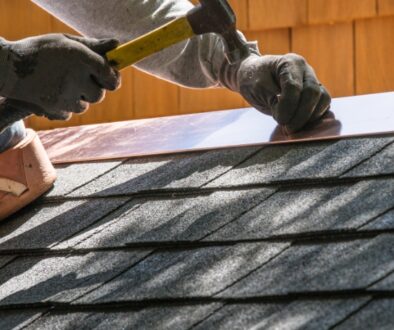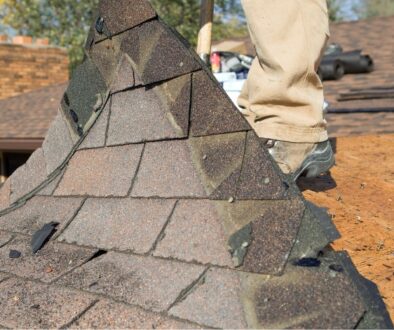Can A New Roof Help Lower Your Home Insurance?
Home insurance rates are based on risk, and your roof plays a role in how insurers calculate that risk. A roof in poor condition increases the chances of leaks, storm damage, and structural issues—leading to higher premiums. In general, replacing an old or damaged roof with modern, durable materials can reduce those risks and may qualify you for lower home insurance costs. From the roofing experts at Ledegar Roofing, here’s how upgrading your roof could help you save money.
Why Insurance Companies Care About Your Roof
Insurance companies factor in the age, material, and condition of your roof when setting premiums. A new roof is more resistant to weather damage, reducing the likelihood of insurance claims. Here are key reasons a new roof can lower your rates:
- Improved Durability – New roofing materials are designed to withstand high winds, hail, and heavy rain better than older materials.
- Fire Resistance – Modern roofing options like metal and impact-resistant shingles have higher fire resistance ratings, which could lead to lower premiums.
- Better Weather Protection – Roofs with high wind ratings or impact-resistant shingles provide better protection during storms, which insurance companies view as lower risk.
How Different Roofing Materials Affect Insurance Costs
Insurers often factor the type of roof and material into their rebuild costs. Roofs made of slate, tile, concrete shingles, or metal offer the best protection but are also the most expensive to replace. Here’s how different roof material types rank for insurance costs in most states (from lowest to highest):
- Metal – Metal roofs are typically made from zinc, copper, or steel alloy and can last 40 to 70 years. Their fire-resistant qualities, longevity, and durability make metal roofs very appealing to insurance companies.
- Slate/Tile – Slate is resistant to fire, rot, and insects and requires little maintenance. Tile can crack more easily but provides quality insulation and won’t rot or burn.
- Asphalt Shingle – Asphalt is the most common roof type because of its affordability and relatively long lifespan (15 to 30 years). However, it decays more easily than metal or slate and is more vulnerable to storm damage.
Other Factors That Can Influence Savings
- Proper Installation – A new roof installed by a professional contractor like Ledegar Roofing ensures that it meets code and warranty standards, which insurers consider when calculating rates.
- Age of Roof – Many insurance companies charge higher rates for roofs older than 15 to 20 years. Installing a new roof immediately lowers this risk.
- Additional Protective Features – Adding features like ice and water shields, improved underlayment, and enhanced flashing can further protect your home and lower insurance costs.
How To Maximize Savings
- Ask About Discounts – Once your new roof is installed, notify your insurance provider to find out if you qualify for discounts.
- Provide Documentation – Insurers may require proof of the roofing material, warranty information, and installation details.
- Choose the Right Materials – Consult with a professional roofer to select materials that meet your budget and offer the most insurance benefits.
Protect Your Investment With Ledegar Roofing
Upgrading your roof is an investment in your home’s protection and long-term value which could help lower your home insurance. Ledegar Roofing offers high-quality roofing solutions for both residential and commercial buildings that are designed to withstand Wisconsin’s tough weather conditions.
If you’re in the Coulee Region and considering a new roof, give us a call at 608-785-0901 or contact us here today for expert advice and professional installation. Let us help you find the best roofing options to improve your home or business’s durability and potentially lower your insurance costs.




